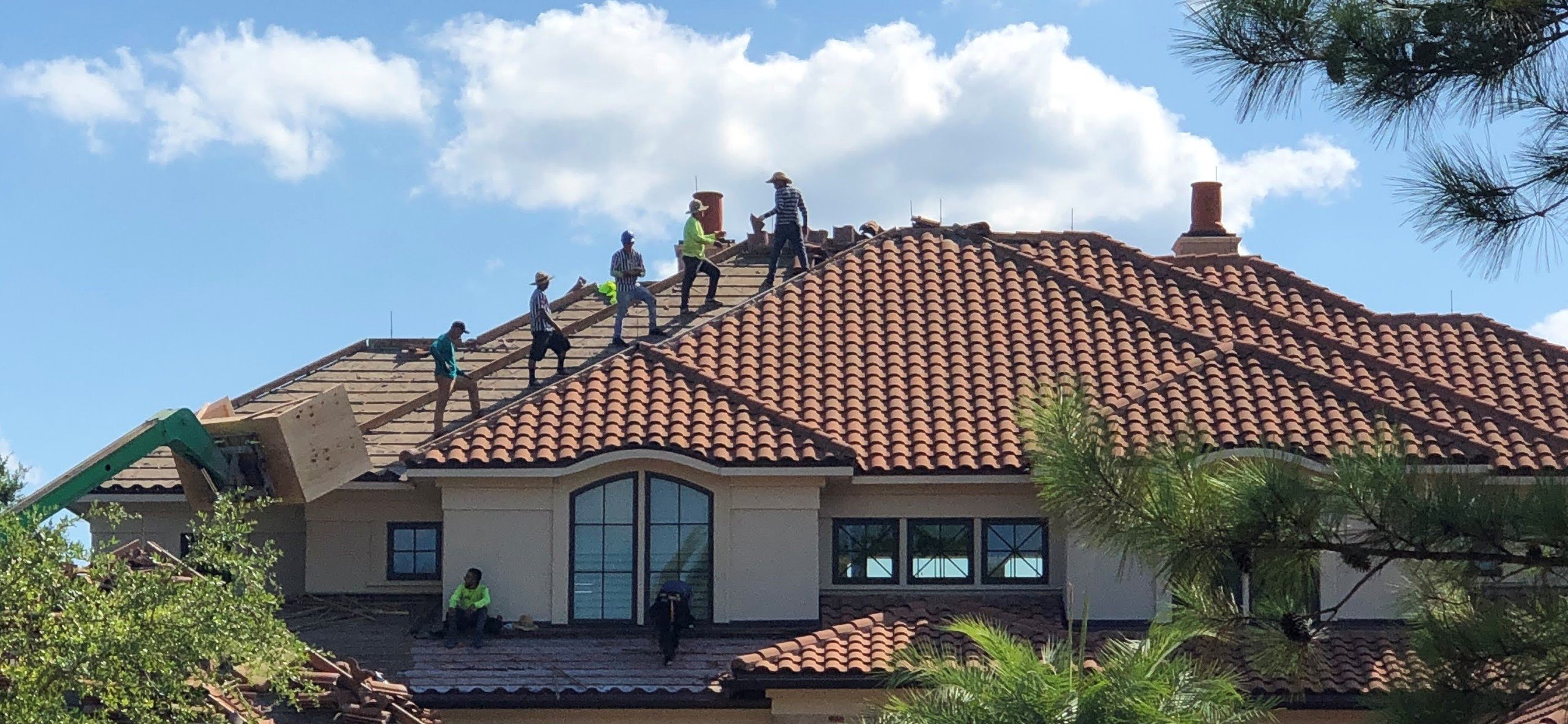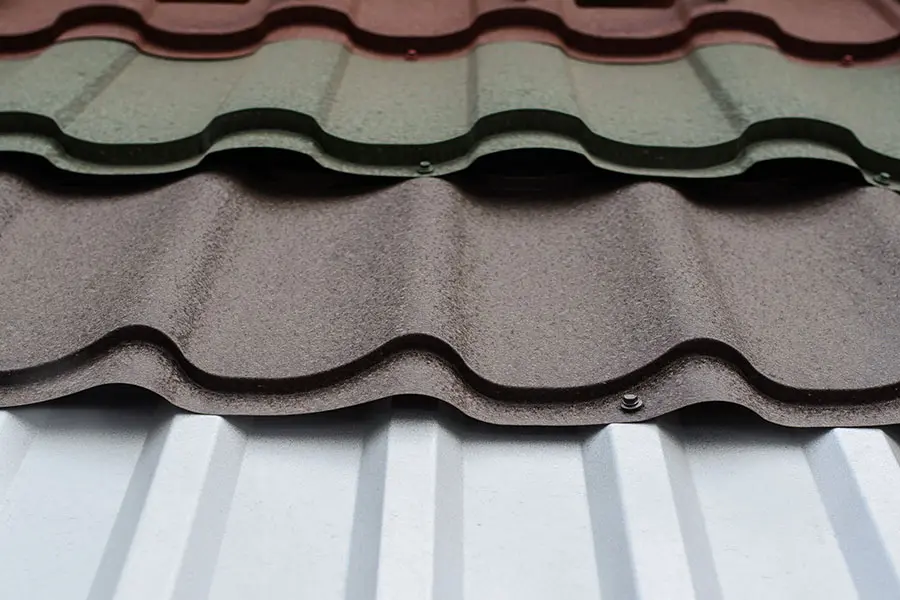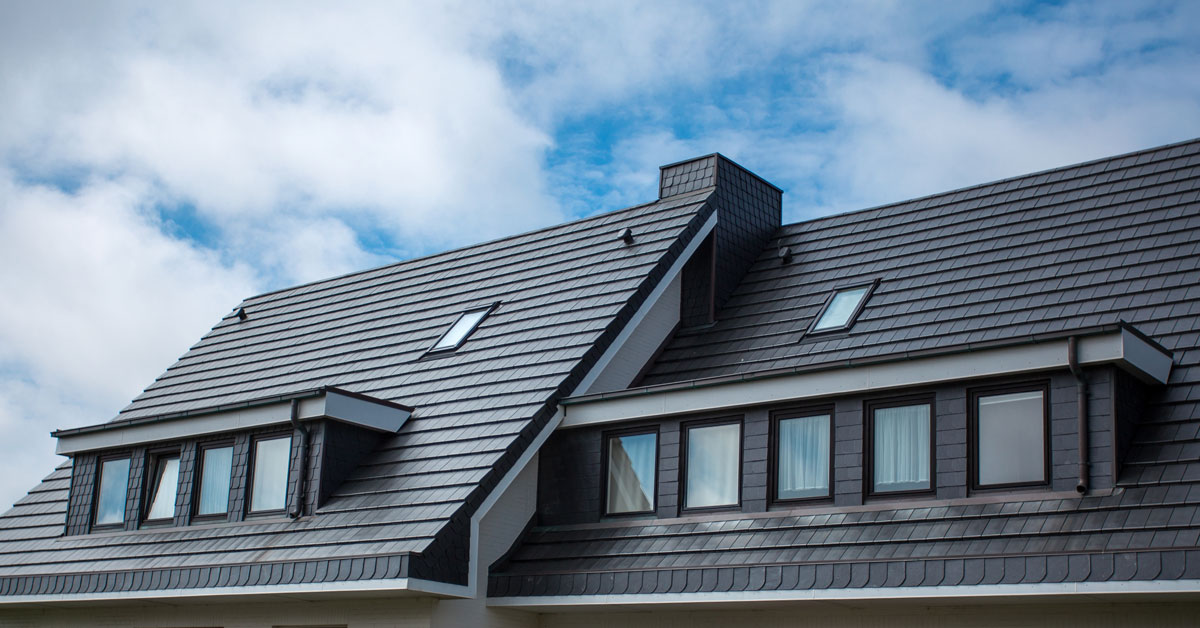Individual Testimonies on the most effective Gainesville FL Roofing Companies Readily Available
Individual Testimonies on the most effective Gainesville FL Roofing Companies Readily Available
Blog Article
Best Practices for Ensuring Appropriate Roof Covering Air Flow
A well balanced consumption and exhaust vent proportion, frequently 1:300, plays a critical duty, with intake vents preferably put at the lower side of the roof for cool air entrance and exhaust vents at the peak for cozy air departure. Keeping insulation away from vents is critical to protect against airflow restriction.
Understand Air Flow Basics
Correctly comprehending ventilation fundamentals is vital for guaranteeing the longevity and efficiency of roof. Efficient air flow mitigates wetness build-up and temperature extremes in the attic room, both of which can bring about significant structural damages with time. A well-ventilated roof helps in stopping typical concerns such as mold growth, wood rot, and ice dams, which can jeopardize the integrity of the roof covering products and the underlying structures.
The key goal of ventilation is to help with the motion of air, permitting a regular exchange in between the outdoor and indoor environments. This balance is attained through a mix of intake and exhaust vents that interact to keep ideal air flow. Consumption vents, normally situated along the eaves or soffits, enable fresh air to go into the attic room, while exhaust vents, typically located at or near the roof ridge, allow hot, humid air to leave.
Key variables influencing the performance of roof ventilation include appropriate placement, ample sizing, and ensuring that both consumption and exhaust vents are unobstructed. Routine assessment and maintenance are critical to identify prospective blockages, damage, or ineffectiveness in the ventilation system, therefore protecting the roof covering's efficiency and sturdiness.
Kinds of Roof Covering Vents
Roof covering vents play a vital function in preserving efficient attic ventilation and, by expansion, the general health and wellness of the roofing system. Numerous types of roofing system vents are offered, each with distinct benefits customized to specific roof requirements.

Soffit vents are mounted under the eaves and operate in tandem with roofing system vents to make sure a well balanced consumption and exhaust system. By allowing cooler air to go into from below, soffit vents promote the expulsion of hot air with upper vents. Gable vents, located on the exterior walls of the attic, offer one more reliable option, particularly in homes with gable roofings.
Evaluate Your Present Air Flow

Next, think about the age and problem of your roof covering products and air flow parts. Older systems might not adhere to present structure codes or might have get redirected here weakened gradually, lowering their efficiency. Conduct a detailed assessment to recognize any kind of indicators of damage, such as corrosion, damages, or voids that can jeopardize the system's performance.
Additionally, measure the attic room temperature level and moisture levels. High temperature levels and humidity can show inadequate ventilation.
Installation Best Practices
Efficient installment of roof ventilation systems is vital for making sure optimum efficiency and durability. Proper installment starts with comprehending the particular ventilation needs of the roofing system and the structure it covers. This includes computing the correct proportion of consumption to tire vents, typically adhering to the 1:300 policy, which stipulates one square foot of air flow for each 300 square feet of attic room flooring space.

Intake vents must be mounted at the roof covering's reduced side, usually in the soffits, to allow great air to get in. Exhaust vents, on the various other hand, ought to be mounted near or at the roofing system's peak to assist in the exit of cozy, moist air.
Seal all air vent connections meticulously to stop air leakages and potential water infiltration. Use premium products and follow supplier standards to make certain longevity helpful resources and performance. In addition, incorporating ridge vents with baffles can substantially boost airflow effectiveness by avoiding wind-driven rain and snow from getting in the attic.
Ultimately, specific installment of roofing air flow systems reduces possible problems such as mold growth, ice dams, and architectural damages, guaranteeing the roofing system's integrity and the structure's total health.
Regular Upkeep Tips
Uniformity in upkeep methods is essential to making sure the long-term performance of roof ventilation systems. During these examinations, make certain that vents are cost-free of particles, nests, and various other obstructions that could hamper air flow.
Utilize a soft brush or a vacuum to remove dust and particles from intake and exhaust vents. Be careful not to harm the vent displays or louvers during the process.
Appropriate insulation is similarly crucial. Make sure that attic room insulation does not obstruct the vents, as this can seriously limit air flow. If any insulation has actually moved or settled, reposition or replace it to maintain a reliable barrier.
Last but not least, replace any kind of harmed or missing elements quickly. Damaged vents, split shingles, or worn-out blinking can all add to inadequate ventilation and should be resolved without delay. Regular upkeep ensures that the roofing ventilation system operates optimally, therefore prolonging the life-span of the roof itself.
Verdict
Guaranteeing correct roof covering air flow is extremely important for preserving the performance and resilience of a roof. Adherence to the 1:300 consumption and exhaust vent ratio, coupled with the critical positioning of vents, is essential. Normal semiannual inspections, particles cleansing, and making certain insulation does not block air flow are crucial methods. Carrying out these ideal practices will promote a well-ventilated roof covering system, therefore mitigating possible issues connected to moisture build-up and excessive heat, inevitably lengthening the Get More Information roof covering's life-span.
A balanced consumption and exhaust air vent proportion, frequently 1:300, plays a pivotal duty, with intake vents preferably positioned at the lower side of the roofing system for trendy air access and exhaust vents at the peak for warm air exit. Consumption vents, commonly situated along the eaves or soffits, allow fresh air to enter the attic space, while exhaust vents, frequently located at or near the roof covering ridge, enable hot, humid air to leave.
Soffit vents are mounted under the eaves and work in tandem with roof vents to ensure a balanced consumption and exhaust system. By permitting cooler air to go into from below, soffit vents help with the expulsion of warm air via upper vents. Adherence to the 1:300 intake and exhaust vent ratio, combined with the strategic placement of vents, is important.
Report this page